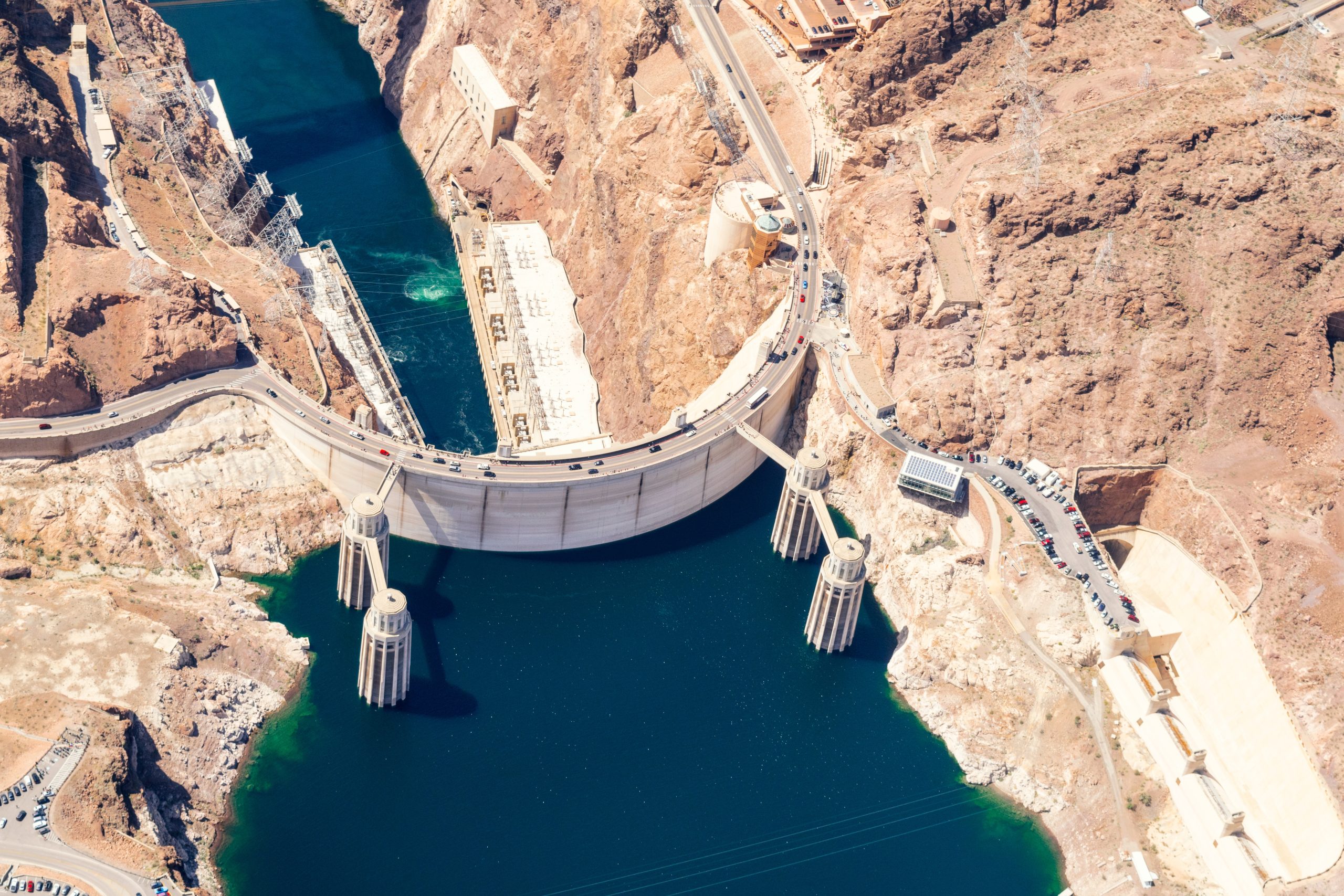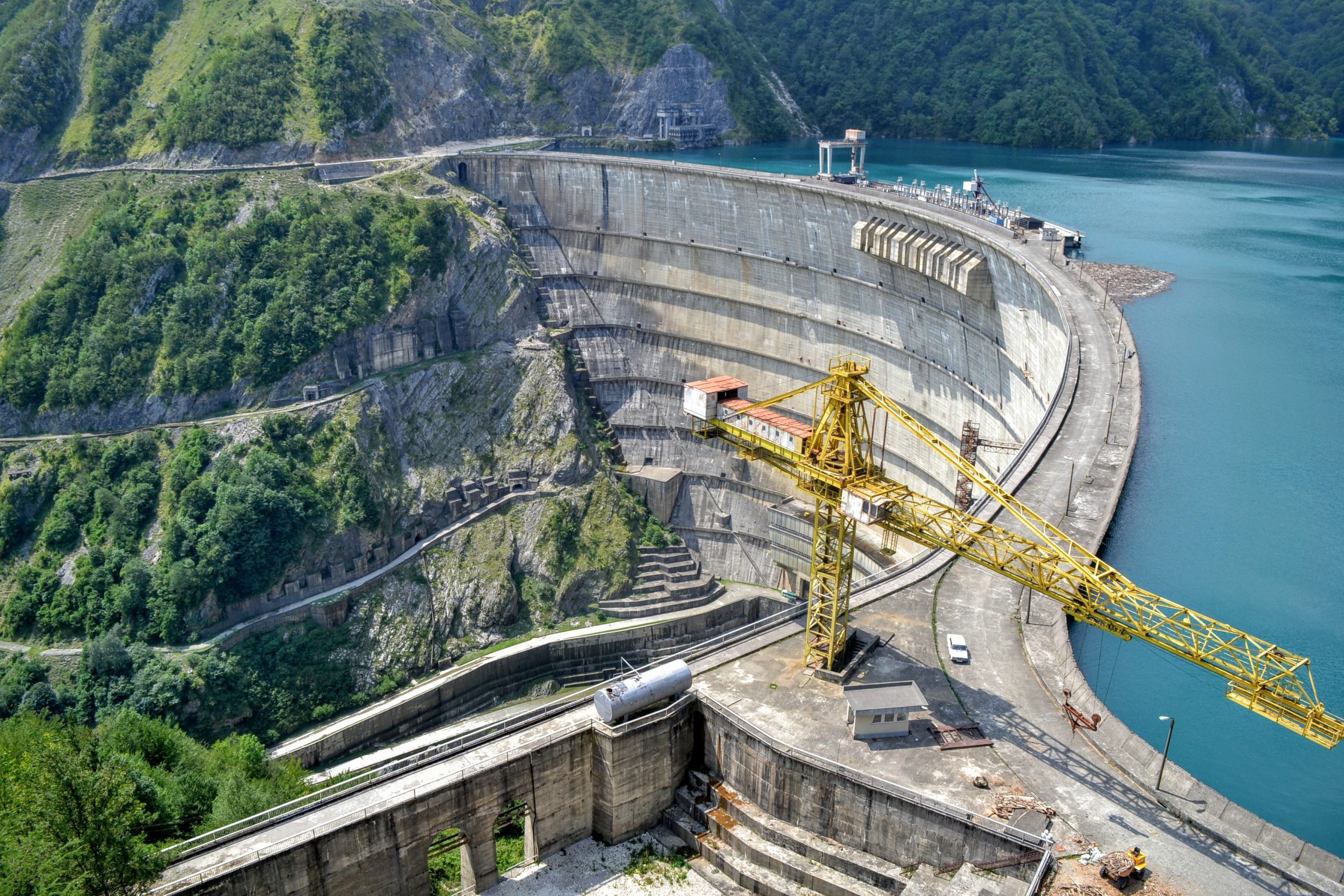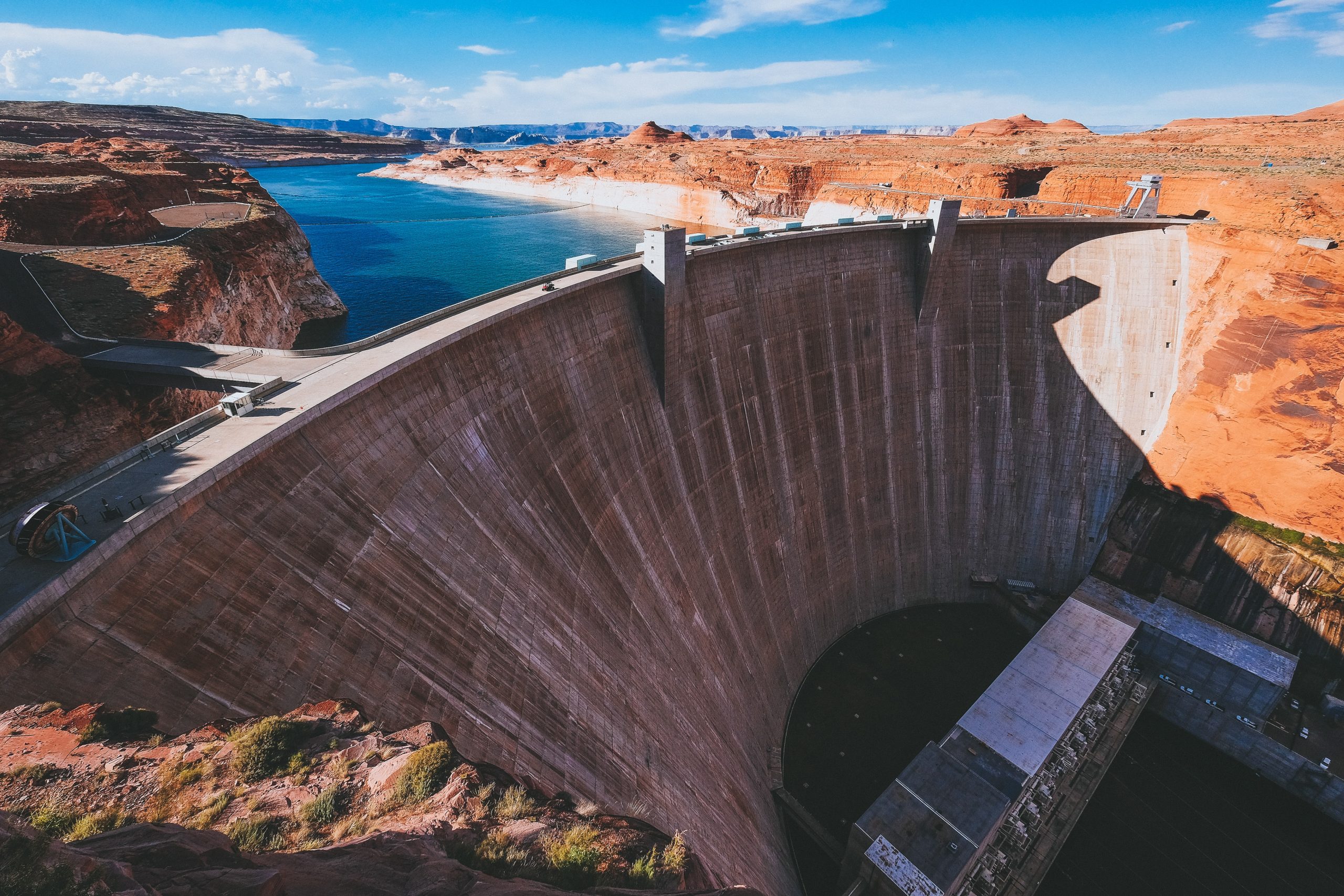Hydropower: The Power of Water

Hydropower or water power is a key renewable energy. Read more about the potential and dangers of hydroelectric power plants here.
Billboard
Skyscrapper
Halfpage
Harnessing the power of water has a long tradition. Hydropower is valued as a renewable energy source. At the same time, there is no shortage of criticism about the consequences that a hydroelectric power plant, including its reservoir, entails. Everything you need to know about the advantages and disadvantages of hydropower plants and how climate change is involved here.
How is electricity generated from water?
People have used the power of water since time immemorial. In the past, there were water mills for this purpose, but these have given way to modern hydroelectric power plants almost everywhere. These generate green electricity that is fed into the supply network.
Modern water power plants works via hydropower or hydro energy. This refers to the conversion of mechanical energy into electrical energy. Turbines convert the kinetic energy or kinetic energy of flowing water into usable energy. Also important is the potential energy or positional energy that dammed water possesses.
A hydroelectric power plant essentially consists of turbines inside the power plant. They move and rotate due to the force of the water. This produces energy that goes to a generator. This converts the kinetic or rotational energy into electrical energy. Depending on the size of the power plant, the turbines can be several metres in diameter.
In addition to the turbines and generators, hydropower plants also have an attached transformer station. This helps to feed the energy generated into the local high-voltage power grid. In this way, the electricity finds its way to the consumer.
What types of hydropower plants are there?
There are different types of hydropower plants. Depending on their location, they generate electrical energy in a slightly different way. Decisive factors are, for example, the height at which the water falls, the pressure of the water and whether the energy is converted naturally or artificially.
These are the most important types of hydroelectric power plants:
- Run-of-river power plant: This type of hydroelectric power plant is used particularly often. It is located on rivers and uses the flowing movement of the water. Accordingly, the rivers must have a high flow velocity as well as a large water flow. Every run-of-river power plant has a dam to maximise the energy. These power plants supply electricity 24 hours a day and provide a base load.
- Storage power plant: In the storage power plant, there is a basin or lake where water is collected. Only when the tubes are opened does the water flow into the power plant, which makes it easy to track energy production. These power plants are typically used when there is an increased demand for energy.
- Pumped storage power plant: When there is an increased demand for energy, pumped storage power plants are often used, which are an improvement on storage power plants. This is because water can be pumped back up from the lower lake if more electricity is generated than is needed.
- Tidal power plant: The tidal power plant uses the power of the ebb and flow of the tide. It works similarly to the run-of-river power plant, but instead uses seawater with its potential or height energy. The turbine changes its direction of rotation depending on whether the tide is out or in.
- Wave power station: There are wave power stations at sea. They use the potential energy of waves with the help of a hydraulic chamber. However, they are currently still in the test phase.

What are the advantages of water power?
In Germany, hydropower accounts for about 7 per cent of all renewable energies. Due to geographical conditions, onshore wind power (42 per cent), photovoltaics (20 per cent), biomass and domestic waste (20 per cent) and offshore wind power (11 per cent) have higher shares in the electricity mix in this country.
Nevertheless, it is worthwhile to continue looking at hydropower. Its great advantage is that water is a renewable energy source. Electricity production here is therefore very environmentally friendly and CO2-neutral. Moreover, hydropower plants are very efficient. They convert almost 90 per cent of the energy received into electrical energy.
Unlike solar and wind energy, hydropower is also easy to plan. It is available all year round and can be easily controlled, especially in the form of storage power plants. The energy generated is easy to regulate. This makes it possible to adjust production to demand and to operate in a resource-efficient manner.
Many storage power plants are also involved in flood protection. They help to make rivers more navigable during heavy rainfall and droughts. By damming up the water, it is possible to regulate the water level.
What are the disadvantages of hydropower plants?
On the other hand, there are the disadvantages of hydropower. Some of the power plants have negative ecological impacts. Reservoirs and barrages require flooded areas. These interfere with agriculture and the local flora and fauna. In addition, hydropower plants require a lot of land, which means they consume a lot of landscape.
The choice of location for hydropower plants is particularly important because of this disadvantage. Since the construction of power plants is expensive, they can only be built in well-suited locations. They always interfere with the natural course of a watercourse and influence the ecosystem, which is why extensive studies and consultations are necessary before construction. This can be a long, complicated process. Ecological compensation areas and organism migration facilities are possible solutions.
Other criticisms of hydropower plants include the sometimes-necessary resettlement of local residents, the loss of recreational space and the prevention of flooding. The latter can be important for agricultural land. At the same time, reservoirs can cause high CO2 and methane emissions when land areas with a high proportion of carbon in the soil are flooded.

How is hydropower related to climate change?
Hydropower is one of the most important renewable energy sources, because this raw material feeds off natural processes. Unlike coal or gas, the amount of water does not reduce when generating electricity. Accordingly, it is an important way to produce electricity in an environmentally friendly way. If risks such as damage to the ecosystem are met, the result is harmless green electricity.
However, hot, dry summers negatively affect the potential of hydropower. The summer of 2022 in France, for example, showed that important hydropower plants could not operate. Because when less water flows, less electricity can be produced. In the summer of 2018, Swiss hydropower plants produced less than 25 per cent of the expected electricity. And in Austria, hydropower production even plummeted by over 40 per cent in some places this year.
The research project “Climate Impacts on Hydropower Use in Germany and Establishment of Adaptation Strategies for the Near Future“ expects a minus in electricity generation by hydropower plants. It points to related problems such as seaweed growth and clogged filters, which can lead to high costs for plant operators.
On the other hand, climate change impacts such as melting glaciers allow countries like Switzerland to produce more hydropower. Some cantons benefit from this, but in dry summers the loss of hydropower is difficult to absorb.
The Paraná River in Brazil, Paraguay and Argentina also has historically low water levels. Thus, reservoirs in countries like Brazil are less full, which can lead to power outages. There is concern that hydropower outages could promote a reversion to fossil fuels. In African countries like Ethiopia, some of which get 80 per cent of their energy from hydropower, problems from the effects of climate change are also to be expected.
What are the largest hydropower plants in Germany and the world?
In Germany, there are over 400 large hydropower plants and thousands of smaller ones. According to an analysis by the Federal Environment Ministry, Germany already uses 80 per cent of the given potential for hydropower. This includes about 80 per cent run-of-river power plants and 20 per cent storage power plants. The rivers Inn, Danube, Rhine, Isar, Lech, Main, Moselle, Neckar and Iller are most important for hydropower.
The largest hydropower plant in Germany is the Goldisthal pumped storage plant in Thuringia, which gets its power from the Schwarza River, a tributary of the Saale. The company Vattenfall owns the power plant. The second largest hydroelectric power plant in the country also belongs to Vattenfall: the Markersbach pumped storage plant in Saxony. Also worth mentioning is the Schluchseewerk of the Hotzenwald Group in Baden-Württemberg. Several large power plants are located here.
These are the 10 largest hydroelectric power plants in the world:
- Three Gorges Dam in China
- Baihetan hydroelectric power station in China
- Itaipú power plant in Brazil
- Xiluodu power plant in China
- Belo Monte Hydropower Plant in Brazil
- Guri power plant in Venezuela
- Wudongde power plant in China
- Tucuruí power plant in Brazil
- Grand Coulee power plant in the USA
- Xiangjiaba power plant in China
Did you know that the latest issue of topos is all about energy? It takes a closer look at the composition of energy consumption of cities around the world and brings hard-to-imagine dimensions into perspective. Find out more in the issue’s editorial here: Energy City
You can get your copy of topos 120 “Energy City“ in our shop.












